Editors’ Picks




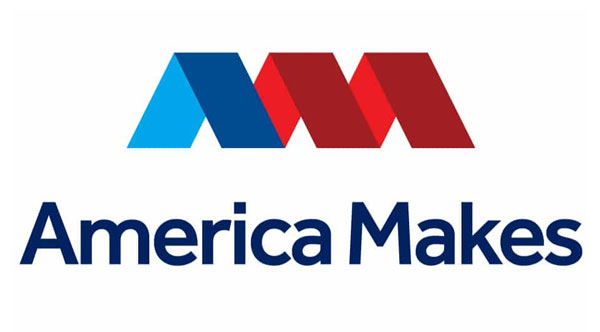
Found in Robotics Companies & Businesses, with a score of 39.91
As the national accelerator for additive manufacturing (AM) and 3D printing (3DP), America Makes is the nation’s leading and collaborative partner in AM and 3DP technology research, discovery, creation, and innovation. Structured as a public-private partnership with member organizations from industry, academia, government, non-government agencies, and workforce and economic development resources, we are working together to innovate and accelerate AM and 3DP to increase our nation’s global manufacturing competitiveness.
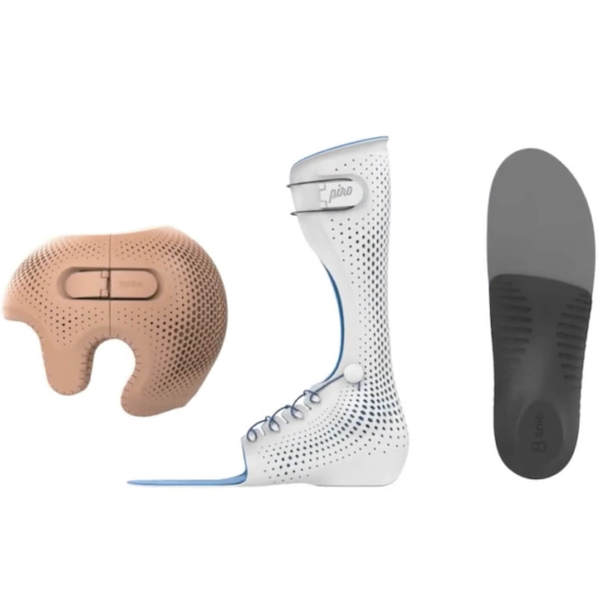
Found in Robotics News & Content, with a score of 22.05
Additive manufacturing is rapidly being adopted in the healthcare sector. A Fact.MR report predicts that the global market for 3D printed medical devices could reach revenues of more than $1.7 billion by 2022. QY Research puts the global 3D printed dental market alone at $260 million in 2018, reaching $930 million by 2025. In 2018, printer giant HP announced new and expanded installation of its HP Jet Fusion 3D printing solutions, and has specifically targeted medical (along with other verticals) in an its efforts to grow its additive manufacturing business. Digital Engineering spoke with Lee Dockstader, director of HP 3DP,…
Found in Robotics News & Content, with a score of 17.76
…material properties. This effort led ARDEC to expand into additive manufacturing, specifically, to identify the types of materials that can be used in AM equipment to meet the needs of the US Army. Matthew Brauer, a scientist for the Advanced Materials Branch of ARDEC, said that with approximately 25 3D printers in their lab, ranging from small, $500 hobby-class desktop machines to large $500K+ industrial-class additive manufacturing equipment, they are always looking for the latest equipment to test and use for their unique applications in the field, where soldiers need spare parts and custom tools on demand. Challenges U.S. Army…
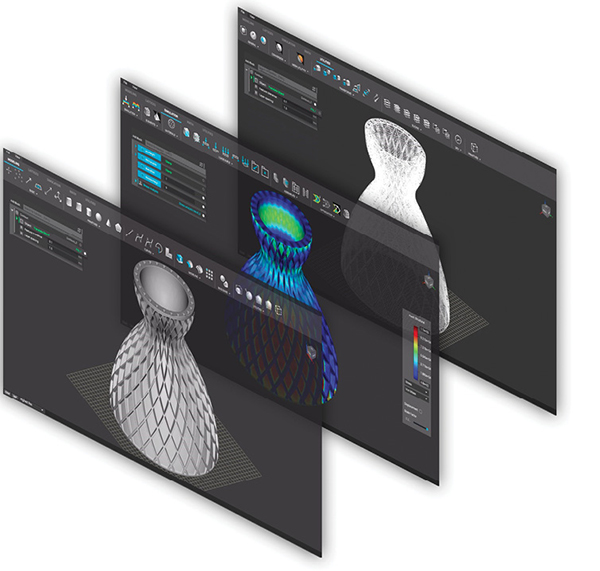
Found in Robotics News & Content, with a score of 11.20
…to realize a piece of the puzzle was missing: manufacturing awareness in the form-generating algorithms. The earliest crop of generative design software succeeded in delivering mathematically optimal shapes based on user query, but also left many users wondering how to manufacture the software-proposed parts and structures. In theory, the organic and somewhat alien-like geometries and topologies the software recommended were capable of counteracting the anticipated forces and stresses; and they met the weight and mass requirements. But the trouble was, they were impractical or impossible to produce using traditional manufacturing methods, such as machining, injection molding, laser cutting and others.…
Found in Robotics News & Content, with a score of 33.10
…for what’s to come in 2019. By many key manufacturing and customer metrics, 3DEO’s technology is setting the standard for serial production metal 3D printing,” says Matt Petros, CEO and co-founder of 3DEO, Inc. Now, 3DEO has secured two additional customer production orders for 24,000 pieces and 28,000 pieces. Both orders are scheduled for delivery in 2019. “3DEO’s production metal 3D printing technology is proving itself to be highly scalable and robust. In order to be successful with serial production, part-to-part and machine-to-machine repeatability is paramount. In many ways 3DEO’s technology is uniquely capable in the industry of metal additive…
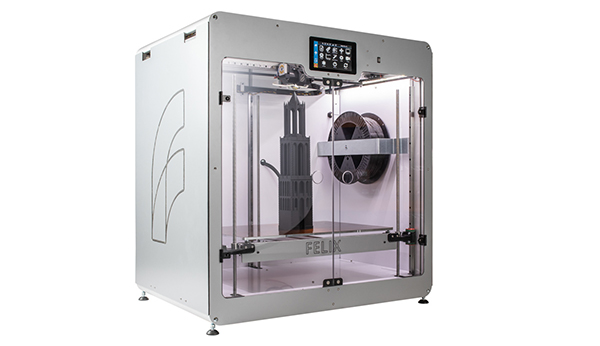
Found in Robotics News & Content, with a score of 24.23
The new FELIX Pro L and Pro XL additive manufacturing systems from FELIXprinters have been designed to perform at scale. These are manufacturing tools for every stage of the product development and manufacturing workflow. The FELIX Pro L and XL 3D printers have been developed with increased build volumes, up to 144 Litres (the Pro L can build parts up to 300x400x400 mm or 11.8x15.75x15.75-in., while the Pro XL has a build chamber of 600x400x600 mm or 23.62x15.75x23.62-in.). TBoth of these larger systems incorporate engineered print chambers, which incorporate an enclosed warm zone and a cold zone. The warm zone…
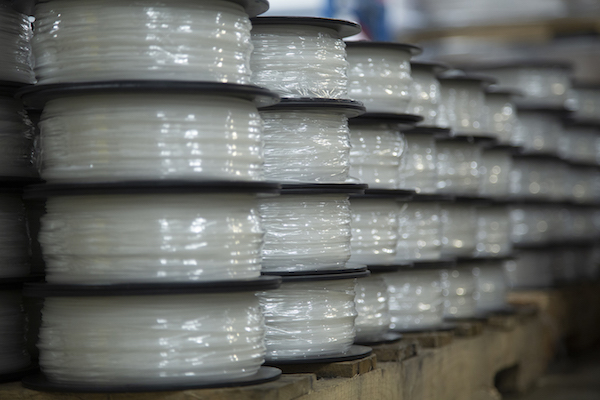
Found in Robotics News & Content, with a score of 24.35
…and certifying new materials are ongoing challenges in the additive manufacturing (AM) space. The same material may perform differently depending on which 3D printing process is used, and different applications may require unique material properties. In January, St. Petersburg, FL-based Jabil announced it was offering a new solution for creating and validating custom engineered materials for AM, and opened a new Materials Innovation Center in Minnesota to provide these 3D printing services in an end-to-end environment. “Materials is the elephant in the room,” says John Dulchinos, vice president of digital manufacturing at Jabil. “From a cost standpoint and availability standpoint,…

Found in Robotics News & Content, with a score of 11.75
…compromising strength, according to the company. “For design and manufacturing engineers, one of the most frustrating processes is ‘dumbing down’ a CAD file to STL format, only to require subsequent re-injection of design intent into the STL printing process,” says Mark Walker, lead software product manager at Stratasys. “This software is engineered to do away with this complexity, letting designers reduce iterations and design cycles, getting to a high-quality, realistic prototype and final part faster than ever before.” With CAD-native build controls, the solution doesn’t require manual generation of complex toolpaths. Intuitive features achieve desired part characteristics through automatic control…
Found in Robotics News & Content, with a score of 35.36
…Best Practices in Technology Innovation for Zero-Emission Polymer Material Additive Manufacturing, North America. This award recognizes Rize for overcoming key challenges in the polymer additive manufacturing industry. These challenges include complex, costly and potentially unsafe processes, insufficient material properties, lack of traceability and authenticity in parts and lack of functional part strength (in 3D printing technologies such as fused deposition modeling). Frost & Sullivan determined that Rize’s patented Augmented Deposition technology is distinguished in the industry because of its safe and cost-effective process that enables users to print a single part with varying material properties at the voxel level, according…
Found in Robotics News & Content, with a score of 22.93
America Makes announces that Gold-level member, Rapid Prototype + Manufacturing LLC. (rp+m), has delivered a comprehensive ULTEM 9085 Type I Database for Fused Deposition Modeling (FDM) Additive Manufacturing (AM) to America Makes and its membership community to further the use of the Type I certified material for aircraft interior components. “The qualification of the ULTEM 9085 material and the establishment of the material properties database by the rp+m-led team are huge steps forward for AM, particularly within the aerospace and defense industries,” says America Makes Executive Director Rob Gorham. “On behalf of all of us at America Makes, I want…
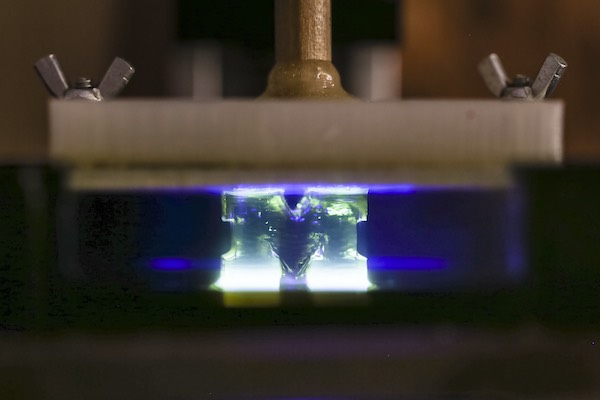
Found in Robotics News & Content, with a score of 19.03
…a paper outlining the new approach. In particular, SLA additive manufacturing, which uses photopolymerizable resin and a light source to cure the cross-sectional layers of geometry making up the part, can be especially slow since performance is limited by the need to initiate time-consuming separation or recoating steps between the layers of the output. Print speeds in most available SLA systems range from only a few millimeters to several centimeters an hour, and the process often yields parts with ridged surfaces, which are not suitable for production-grade products, the paper noted. Rapid, Continuous Additive Manufacturing The University of Michigan’s research…
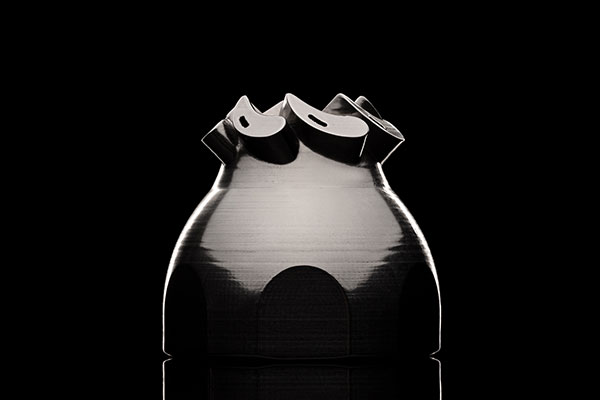
Found in Robotics News & Content, with a score of 11.46
…juncture in the advancement of metal 3D printing and additive manufacturing,” says Ric Fulop, CEO and co-founder of Desktop Metal. “We are excited about Koch being an investor, customer and capability provider in this round. This new funding will fuel the continued development of our metal 3D printing technology and rich product roadmap, the scaling of operations to meet a growing demand of orders, and the financing of major new research and development initiatives.” Early customers of the Studio System include: Ford, Stanley Black and Decker, Goodyear, 3M, Google’s ATAP, BMW, ProtoLabs, Owens Corning, L3, TerraPower, Medtronic, Continental AG, Applied…



